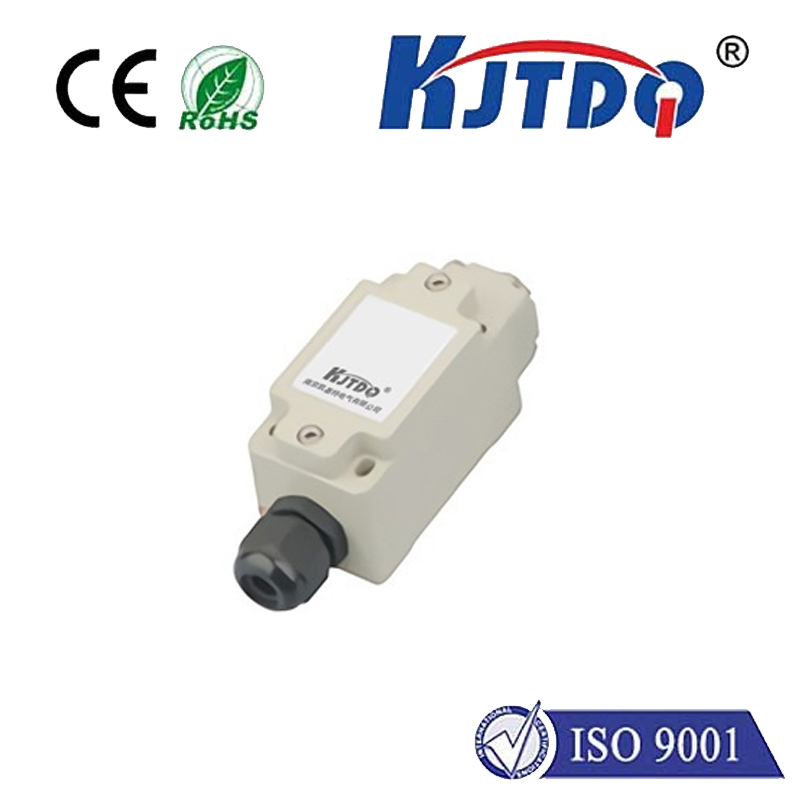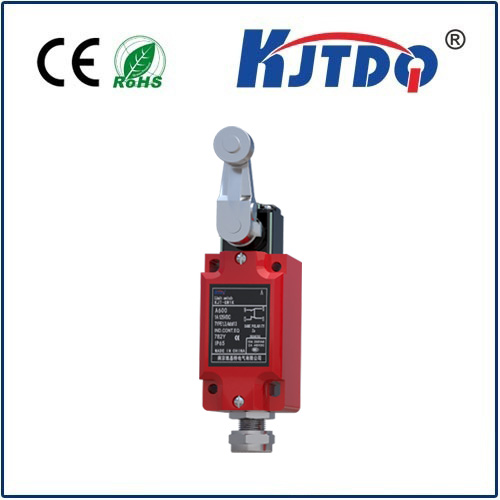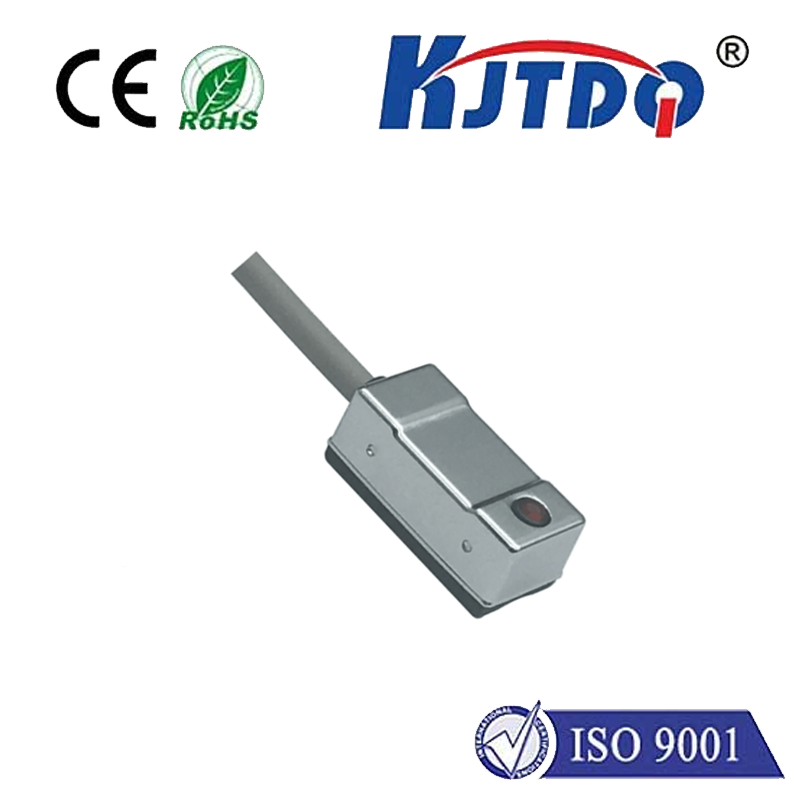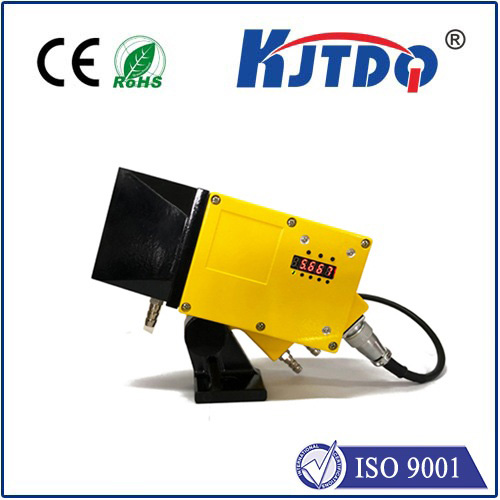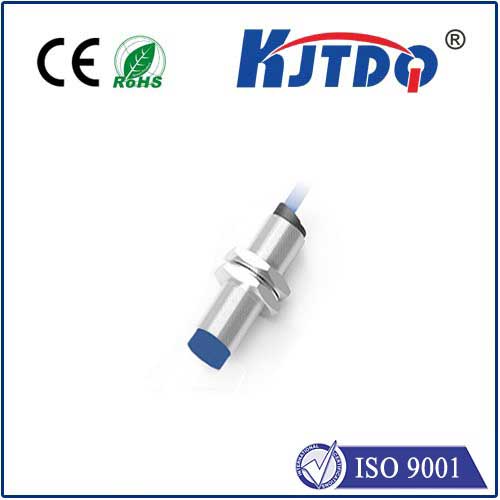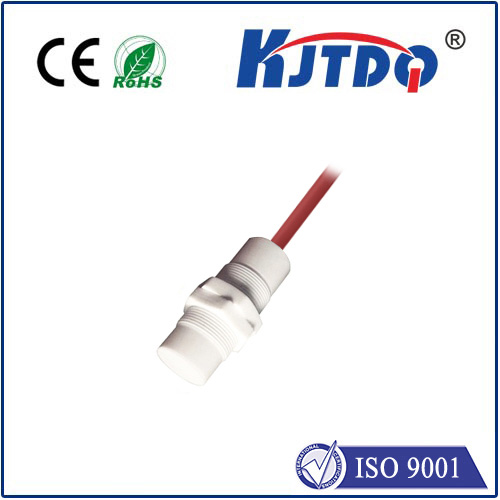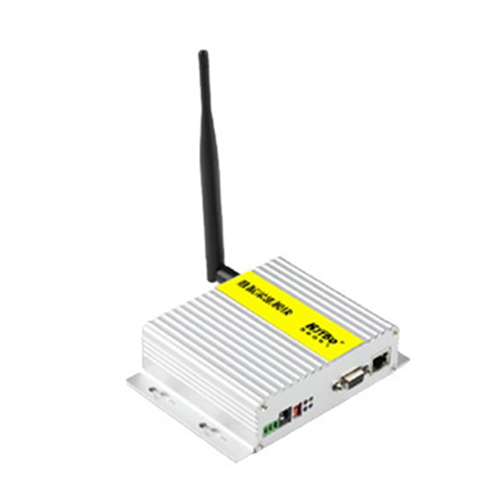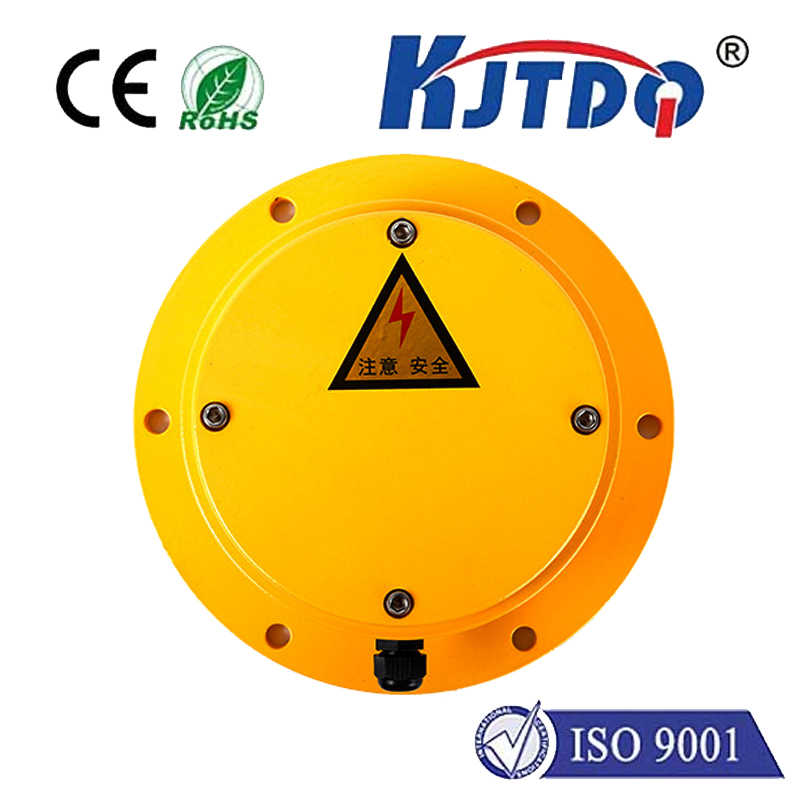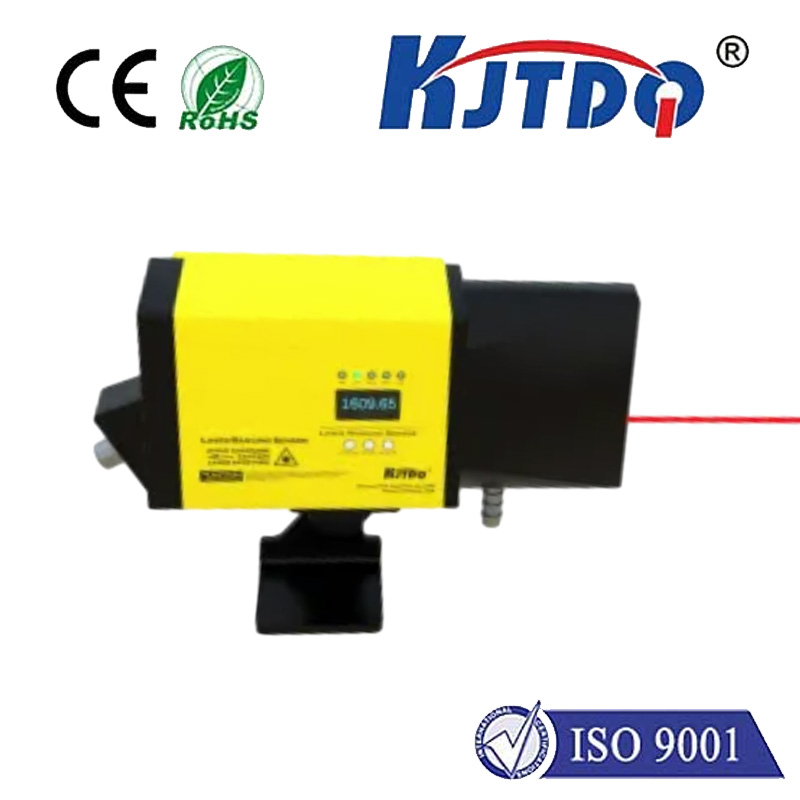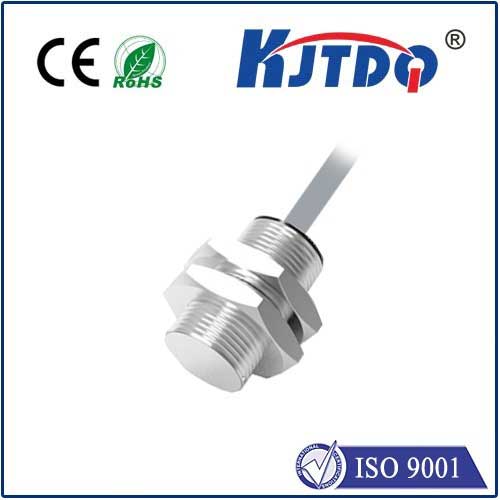fiber optic gas sensor
- time:2025-08-14 13:37:30
- Нажмите:0
Illuminating Safety: How Fiber Optic Gas Sensors Revolutionize Detection
Imagine detecting dangerous gas leaks instantaneously, across miles of pipeline, in the most explosive environments, with a sensor immune to lightning storms. This isn’t science fiction; it’s the reality ushered in by fiber optic gas sensors. Moving far beyond the limitations of traditional electrochemical or catalytic bead sensors, this technology leverages the unique properties of light traveling through hair-thin glass fibers to deliver unprecedented safety, precision, and reliability in gas monitoring.
Fiber optic gas sensing fundamentally transforms how we measure gas presence and concentration. At its core, it utilizes optical fibers – remarkable strands of ultra-pure glass or plastic – as the sensing element or the conduit for light interacting with the target gas. Unlike conventional sensors relying on electrical currents or chemical reactions at a specific point, fiber optic sensors exploit the interaction between light propagating in the fiber and the surrounding gas molecules.

So, how does light detect gas? Several sophisticated optical principles are employed:
- Absorption Spectroscopy: This is the most common approach. Different gases absorb light at unique, characteristic wavelengths (their “fingerprint”). Light from a broadband source or a tunable laser is sent down the fiber. When this light passes through a section exposed to the target gas, specific wavelengths are absorbed. By analyzing the transmitted or reflected light spectrum using a spectrometer, the type and concentration of the gas present can be determined with high accuracy. Infrared (IR) wavelengths are particularly effective for many hydrocarbon and industrial gases.
- Fluorescence: Certain gases, when excited by light of a specific wavelength, emit light (fluoresce) at a longer wavelength. A fiber optic probe can deliver the excitation light and collect the emitted fluorescent signal, which is proportional to the gas concentration. This method is often used for oxygen sensing using special coatings.
- Refractometry & Interferometry: Changes in gas concentration can alter the refractive index around a specially designed fiber section (like a tapered fiber or fiber grating). This changes how light propagates within the fiber, affecting parameters like phase or intensity, which can be precisely measured to infer gas concentration.
- Surface Plasmon Resonance (SPR): Sensitive coatings on the fiber can interact with specific gas molecules, causing changes in light absorption or reflection at a specific angle/wavelength, indicating gas presence.
The advantages of fiber optic gas sensors over traditional methods are substantial and drive their adoption in critical sectors:
- Intrinsic Safety & Explosion-Proof: This is perhaps the most crucial benefit. Fiber optic sensors use light, not electricity, for sensing within the hazardous area. There are no electrical sparks or hot surfaces that could ignite flammable gases or vapors. This makes them ideal for Oil & Gas (upstream, midstream, downstream), chemical plants, mining, and any environment with explosive atmospheres (ATEX/IECEx zones). Setup is inherently safer and often cheaper as complex explosion-proof enclosures aren’t needed for the sensing point.
- Immunity to Electromagnetic Interference (EMI): Optical fibers are immune to lightning, radio frequency interference (RFI), high-voltage switching, and strong magnetic fields. This guarantees reliable operation in electrically noisy industrial environments, near power lines, or substations, where conventional electronic sensors can malfunction or give false readings.
- Long-Distance & Distributed Sensing: Optical signals experience very low loss in fibers. This enables remote monitoring over kilometers (tens of kilometers is feasible) from a single control unit. Crucially, fiber optics enable distributed sensing using techniques like Optical Time Domain Reflectometry (OTDR). A single fiber cable can act as a continuous sensor line, pinpointing the exact location of a gas leak or concentration hotspot along its entire length – invaluable for pipeline monitoring, perimeter security, or large storage facilities.
- Corrosion & Harsh Environment Resilience: Glass optical fibers are highly resistant to corrosion from chemicals, moisture, and high temperatures (special fibers handle extremes). They outperform many metal-based sensors in harsh industrial or marine settings.
- Multiplexing Capability: Multiple sensing points (using fiber Bragg gratings, or distinct sensing probes) along a single fiber line can be monitored simultaneously by a single instrument, significantly reducing installation complexity and cost per sensing point.
- High Sensitivity & Selectivity: Advanced spectroscopic techniques allow for the detection of very low gas concentrations (parts-per-million or even billion levels) and can distinguish between similar gases with high specificity, minimizing false alarms.
- Small Size & Flexibility: The tiny size of optical fibers allows for installation in confined spaces and integration into complex structures.
These unique capabilities translate into powerful applications across diverse industries:
- Oil & Gas: Leak detection along pipelines (onshore/offshore), monitoring in refineries, tank farms, drilling rigs, and offshore platforms (remote, intrinsically safe, distributed sensing is key).
- Industrial Safety: Continuous monitoring in chemical plants, pharmaceutical manufacturing, semiconductor fabs, and power generation facilities for toxic (H2S, CO, NH3) and combustible gases (Methane, Hydrogen).
- Environmental Monitoring: Tracking greenhouse gases (CH4, CO2) emissions from landfills, agricultural sites, and industrial stacks, monitoring air quality in urban areas or sensitive ecosystems.
- Energy: Hydrogen leak detection throughout the production, storage, and distribution chain for the emerging hydrogen economy. Monitoring transformer oil degradation (dissolved gases) in substations (EMI immunity critical).
- Mining: Early warning systems for combustible gases (methane) and oxygen depletion in mines.
- Research & Laboratory: Precise, non-intrusive gas analysis in controlled environments.
While challenges remain, such as the initial cost of the optoelectronic instrumentation compared to simple electrochemical sensors, the need for specialized expertise for complex systems, and ongoing development for broader target gas ranges, the trajectory is clear. The unmatched combination of safety, reliability, long-range capability, and pinpoint accuracy offered by fiber optic gas sensing makes it not just an alternative, but often the preferred solution for modern, demanding gas detection scenarios. As optoelectronic components become more affordable and sensing schemes more sophisticated, the deployment of fiber optic gas sensors will continue to expand, illuminating the path towards safer and more efficient operations across the globe.

